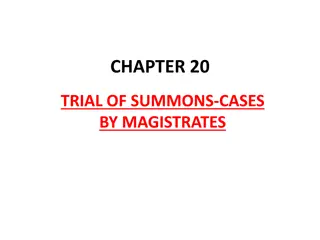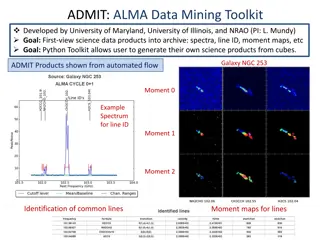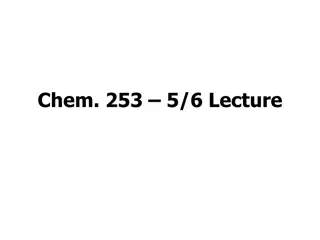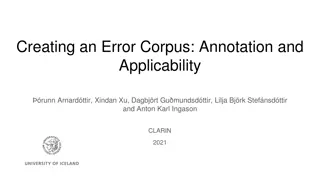
Understanding Nucleosome Model and Chromatin Structure
Explore the intricate details of the nucleosome model, chromatin structure, and other components crucial for DNA folding in the nucleus. Learn about the discovery, structure, and significance of nucleosomes, linker DNA, histones, and more in this comprehensive guide.
Uploaded on | 1 Views
Download Presentation

Please find below an Image/Link to download the presentation.
The content on the website is provided AS IS for your information and personal use only. It may not be sold, licensed, or shared on other websites without obtaining consent from the author. If you encounter any issues during the download, it is possible that the publisher has removed the file from their server.
You are allowed to download the files provided on this website for personal or commercial use, subject to the condition that they are used lawfully. All files are the property of their respective owners.
The content on the website is provided AS IS for your information and personal use only. It may not be sold, licensed, or shared on other websites without obtaining consent from the author.
E N D
Presentation Transcript
Nucleosome Model Nucleosome Model by Suvasree Sahu
Introduction base pairs. If we join all the DNA end to end, the length will be 2.2m. But the nucleus of a cell is approximately 10 in diameter. So, we must have to fold the DNA to fit it in the nucleus. Folding the DNA molecule in a nucleus is the main importance of Nucleosome model. A human cell (diploid) contains 46 chromosomes which have total 6.4 billion of phosphate molecule in it which repulse each other. To avoid this problem histone protein is requires. Histone is made up of lysin and arginine positive amino acids which decrease the negative effect of DNA. These histone and DNA fold together and formed the Nucleosome model. But here is a problem of folding the DNA because of presence of negative
Discovery The most accepted theory regarding the ultrastructure of chromosome was given by R Kornberg and J Thomas in 1974.
Structure Generally, the nucleosomes are oval shaped and plate shaped. Each has 11nm diameter and 6nm height. Each of the nucleosome has a core particle which formed a histone octamer. Every histone octamer is consisted of 2 copies molecules of H2A, H2B, H3, H4 histones. Every histone octamer is wrapped by 146bp of DNA and 70nm length, which is called Nucleosomal DNA. It circled the histone octamer by 1 nucleosomal DNA wrapped the histone octamer in left-handed turn. 34 fold. The
Other Components Linker DNA -In a chromatin fiber there are 10-80bp of DNA present between two adjacent DNA. It links these nucleosomes. These are called Linker DNA or Spacer DNA. It helps to keep the nucleosome together. H1 histone - Each of the Nucleosome has a H1 histone on the linker DNA. It is larger than other histones. It helps to specify the distance of the nucleosomes. Chromatosome -One nucleosome, its adjacent linker DNA and H1 histone together is called chromatosome. Oligonucleosome -The nucleosome, linker DNA and H1 histone forms oligonucleosomes. It is 10nm in diameter.







